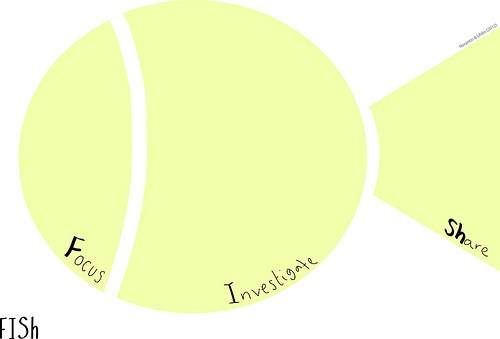When you see the finish line many feelings assail you.
The happiness of reaching the goal and the sense of emptiness that leaves you an accomplished mission. It’s not this the case.
As I learned during the Camino de Santiago de Compostela, the journey is the destination. Currently, I see myself at the start line, ready to go and enjoy this new baggage that I made during the last two months. My digital skills were already enough good and I already had some experience with learning online, but I think this last one has involved me more than others.
For me the main reasons are the Google+ community and the problem based learning.
This two aspects made me feel particularly involved. We had a variety of articles, books and videos that we could use to learn about the different topics, but what made the difference, compared to other MOOCs that I attended, is the learning environment created by the use of the FISh model and the meetings in the community. I learned from the literature, but I developed deeper concepts through the discussions with my peers. This special learning environment has facilitated the resurgence of prior knowledge and the ability to see solutions from real situations.
I had, as teacher, used the problem based learning method with my pupils in the past. I carried on some project to promote the integration of an autistic child in the class. They have been successful. I knew that it enhanced pupils skills and allow everybody to give his/her personal contribution. Everyone has stakked his intelligence and learned from the others.
The same happened to us in the PBL group. Everybody contributed with his own point of view to create a perspective. I particularly apreciated the cultural mix, I think thhis is an aspect that we cannot understimate, confrontation with other cultures force you to reconsider your position. The multicultural/international aspect of e-learning is to me a strong motivation to go on with a course. I consider it a personal and professional enrichment. In a context like that of the PBL group relationships have been created which go beyond the mere participation in a course, encouraging connection and collaboration.
Of course everything worked because it was all well designed. Facilitators, co-facilitators, webinars, tweetchats and a solid pedagogy behind are the perfect alchemy.
I think this elearning environment is very challenging and engaging and I want to introduce it in my class. I want to go beyond the walls of my classroom. I want them to be thirst and open to the new.

